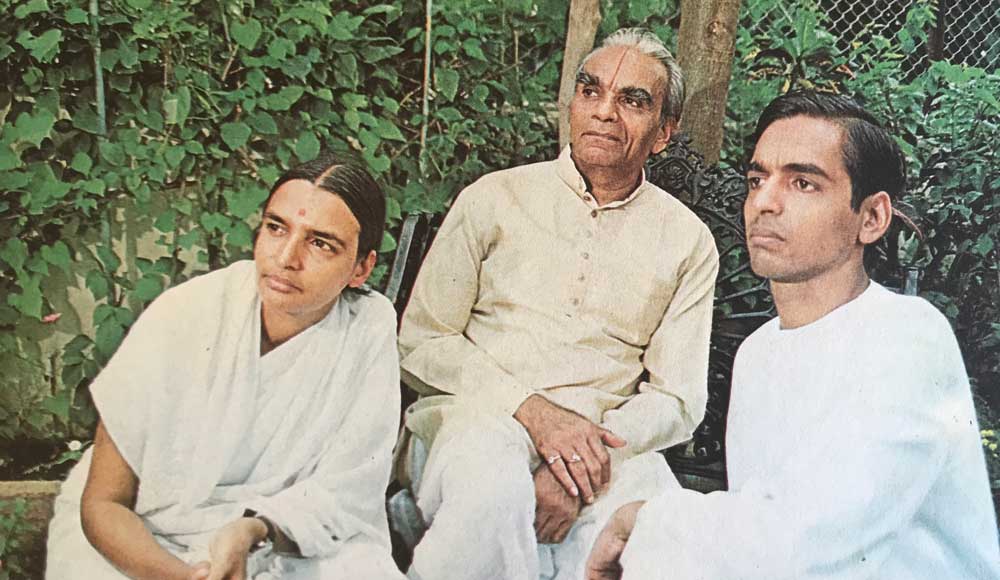Iyengar Yoga
Named after Bellur Krishnamachar Sundararaja (BKS) Iyengar (1918 – 2014), this form of hatha yoga emphasizes precise alignment, attention to detail, and deep awareness. These hallmarks reflect the personal insights of BKS Iyengar, who meticulously experimented on himself throughout his long life.
He developed a method of teaching yoga asana (poses) that can benefit everyone, regardless of age or ability. For example, after observing that people often need adaptations to do asana, he introduced the use of props in yoga. Now straps, blocks, and other props are ubiquitous in all types of yoga!

All Iyengar yoga classes are taught by carefully trained, certified teachers. By using props (such as chairs, ropes, bolsters, blankets, straps, and blocks), Iyengar yoga allows students to stay in poses for more than a few seconds. Long holds increase mobility, strength, and steadiness, both physically and mentally.
Iyengar yoga is often recommended for beginners and for those recovering from injuries, since teachers adjust poses based on each student’s particular needs. But it is also ideal for athletes, dancers, and others with keen kinesthetic awareness, as Iyengar yoga teaches fundamental concepts that enhance all activities.

Whenever we find stiffness in the body, our mind should be especially supple. It is never the stiffness in our bodies that limits our practice, it is always the stiffness of our mind.
Geeta Iyengar